
Filter News
Area of Research
News Type
Media Contacts
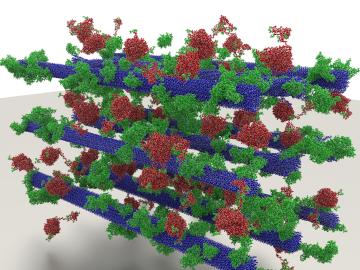
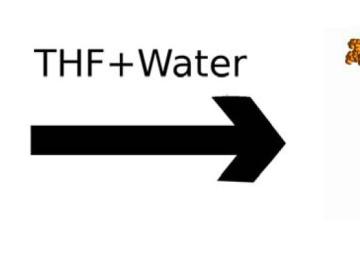

Ensuring a reliable supply of rare earth elements, including four key lanthanides and yttrium, is a major goal of the Critical Materials Institute (https://cmi.ameslab.gov) as these elements are essential to many clean-energy technologies. These include energy-efficient lighting, ...
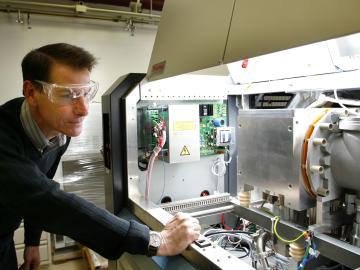
A group of nuclear detectives at the Department of Energy’s Oak Ridge National Laboratory takes on tough challenges, from detecting illicit uranium using isotopic “fingerprints” to investigating Presidential assassination conspiracies.
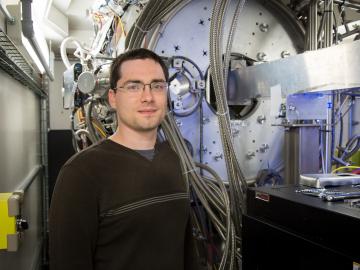
Rechargeable batteries power everything from electric vehicles to wearable gadgets, but obstacles limit the creation of sleeker, longer-lasting and more efficient power sources. Batteries produce electricity when charged atoms, known as ions, move in a circuit from a positive end ...
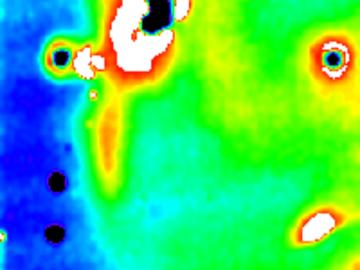
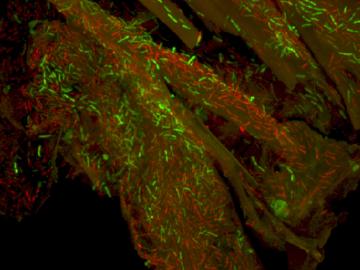
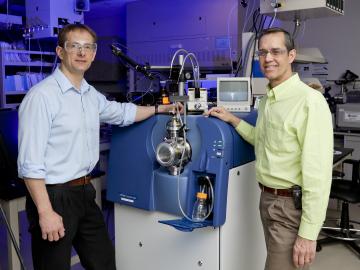
The Department of Energy’s Oak Ridge National Laboratory and SCIEX of Framingham, Mass., have signed a licensing agreement for technologies that speed up, simplify and expand the use of analytic chemistry equipment. SCIEX is a leading manufacturer of mass spectrome...
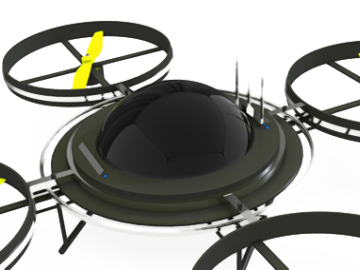
With the creation of the Unmanned Aerial Systems Research Center (http://uasresearch.ornl.gov), Oak Ridge National Laboratory makes available tools and capabilities with applications in environment, energy



